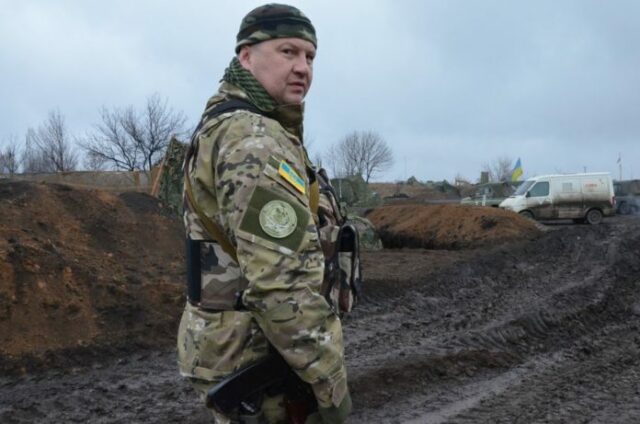Military analyst of the «Information Resistance» group Konstantin Mashovets noted certain changes in the plans and actions of the army group «West», which is responsible for the directions of Kupiansk and Lyman.
«A significant increase in the active operations zone of the enemy army group ‘West’ as part of the reorganization of the combat and operational control system led to certain transformations in its composition and the sense of its current actions,» wrote Mashovets in his review on March 19. — The transfer of the former operation zone of the army group ‘Center’ (Lyman direction) to the army group ‘West’ obviously forced its command to slightly revise its plans. First of all, this concerned the distribution of forces and assets at its disposal. In addition, another factor that significantly influenced this was the ‘pre-election debates’ that took place in the territory of the Belgorod region of the Russian Federation recently».
Unlike many critics of the transboundary raid by Russian volunteers, Mashovets is not inclined to deny the benefit of their actions.
«One can fully share the opinion that the ‘clowns of Budanov’ are engaged in ‘PR campaigns’ exclusively on the territory of the Russian Federation, but objectively — there is a certain military expediency in their actions… for a simple reason, even two. The Belgorod region is a very significant part of the operational rear of the northern army group ‘West’ (at least, the 6th combined arms army and the 11th army corps). The so-called border cover group (i.e., the army groups ‘Bryansk’, ‘Kursk’ and ‘Belgorod’) is being formed and is part of the larger group, namely the army group ‘West’. The need to allocate relevant units of forces and assets to its composition also somehow affects the situation and environment in the operational zone,» emphasized Mashovets.
He also noted that the Russians deployed a 30,000-strong group on the border directions and reinforced it during the active actions of volunteers.







